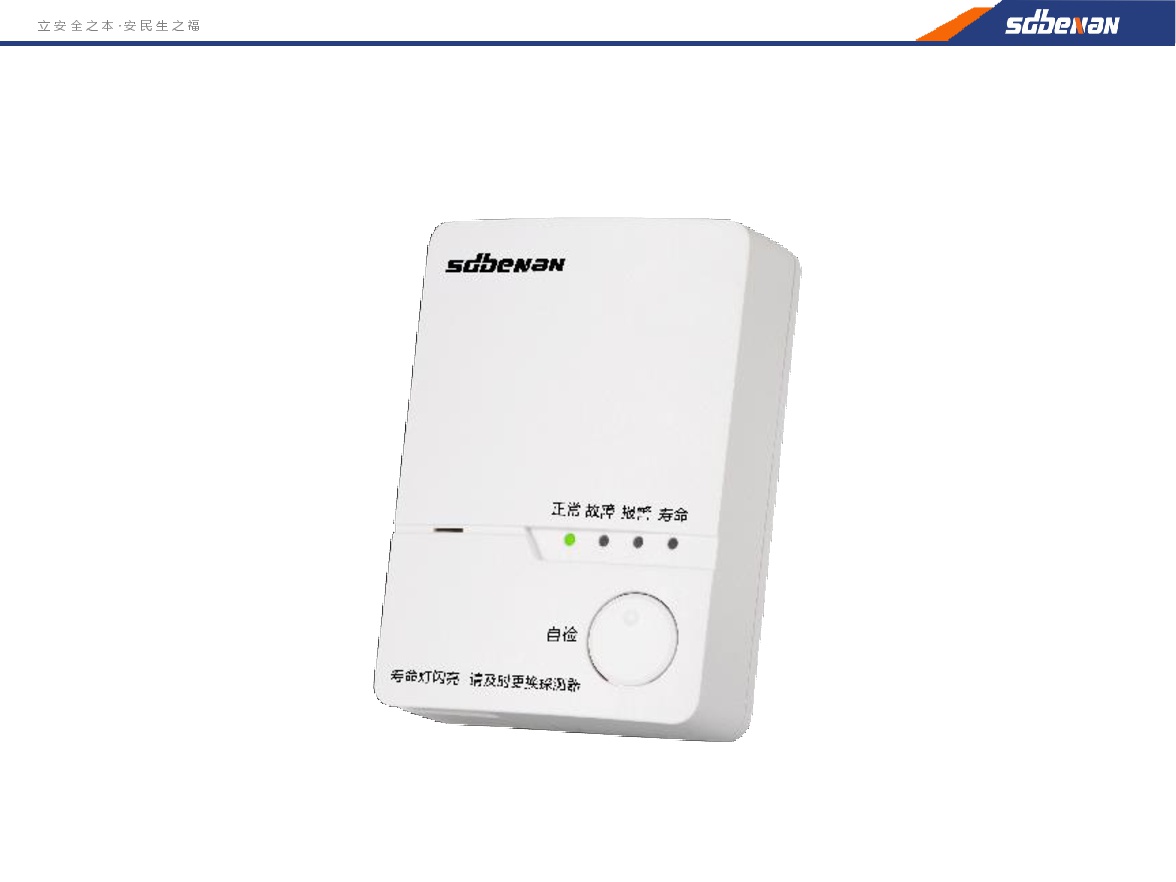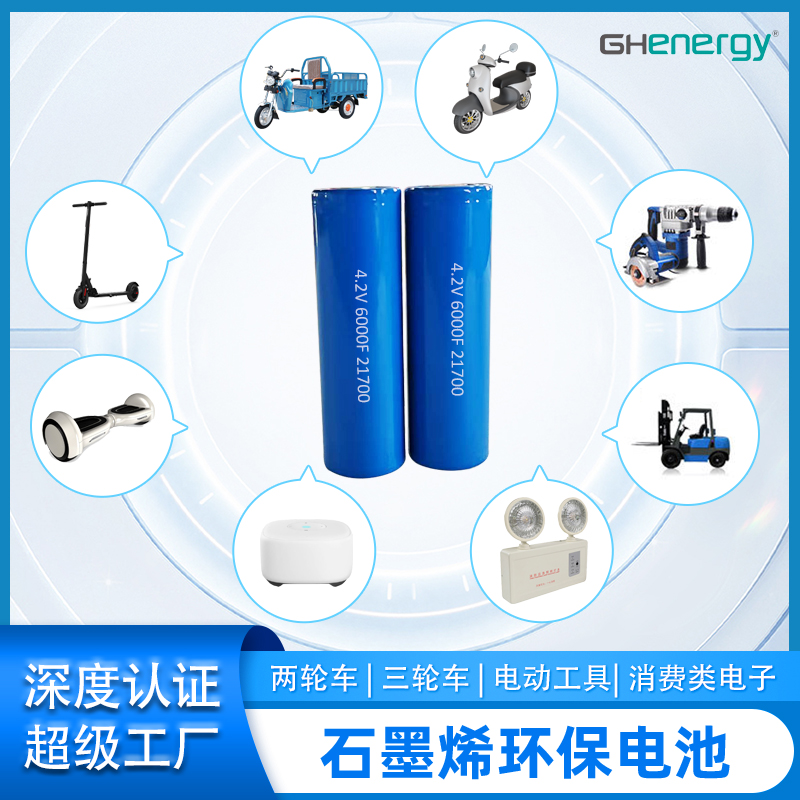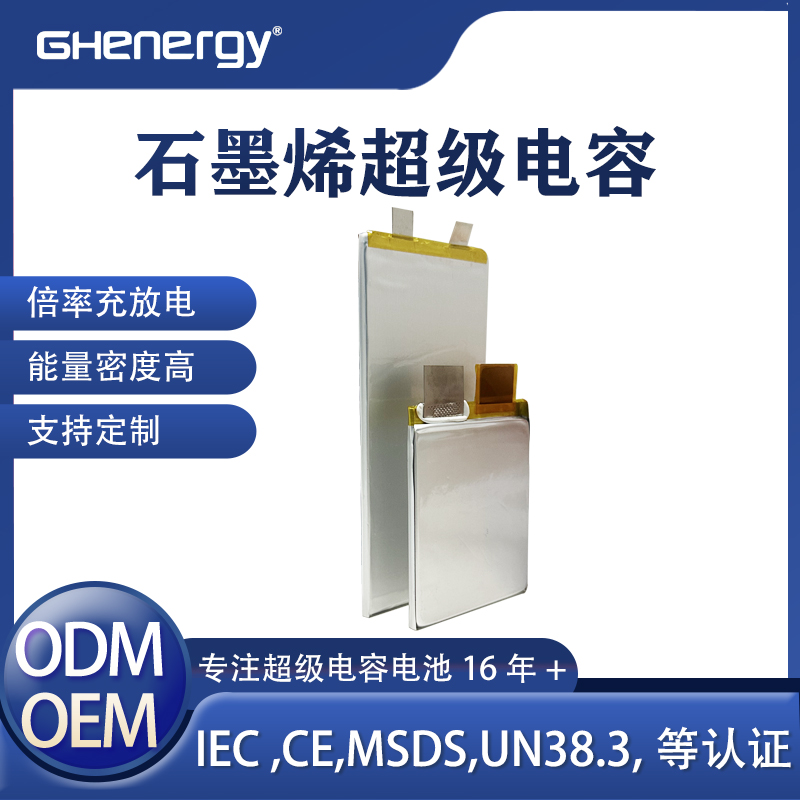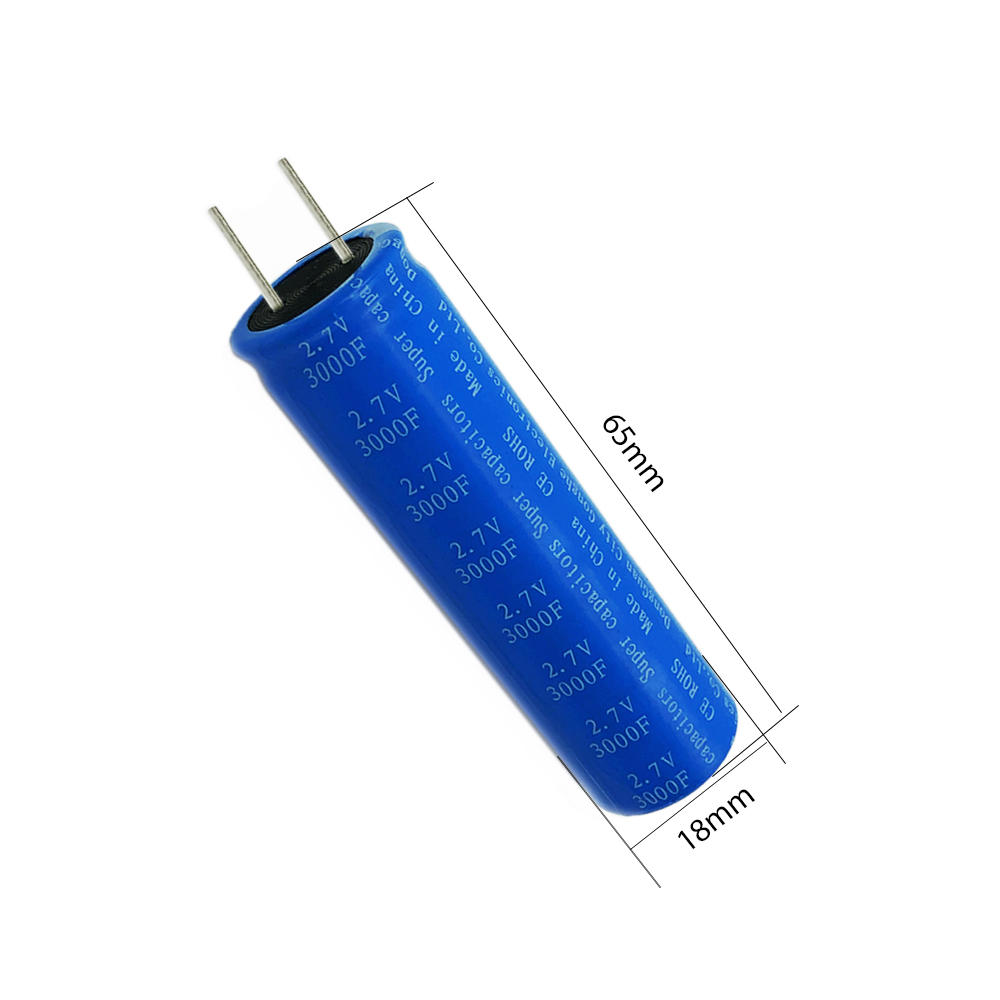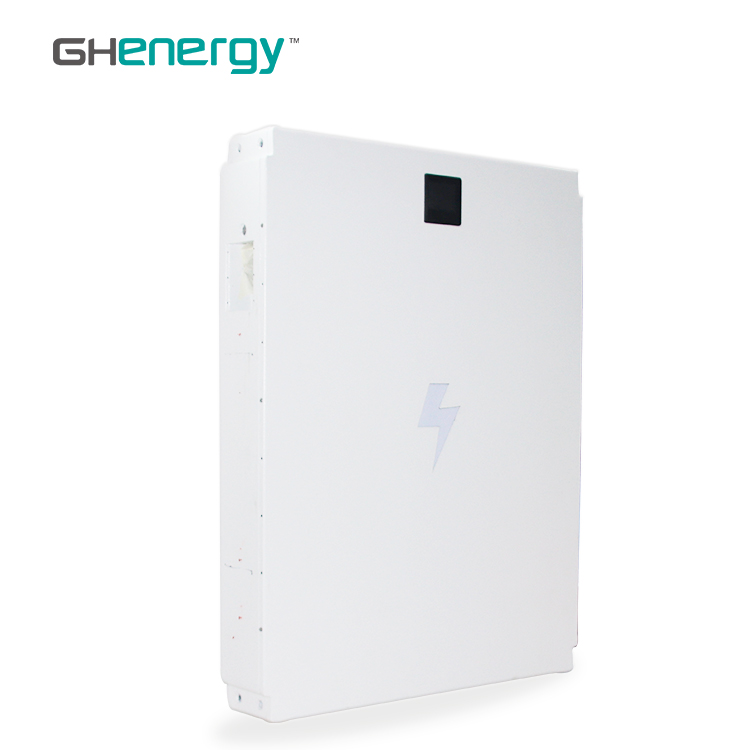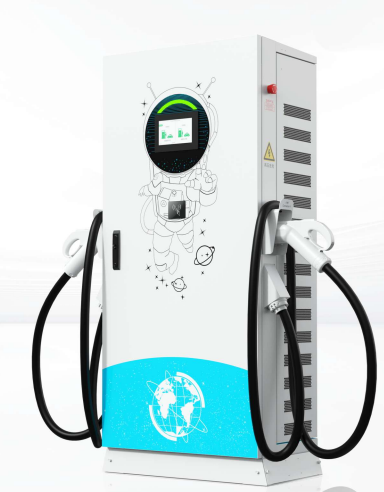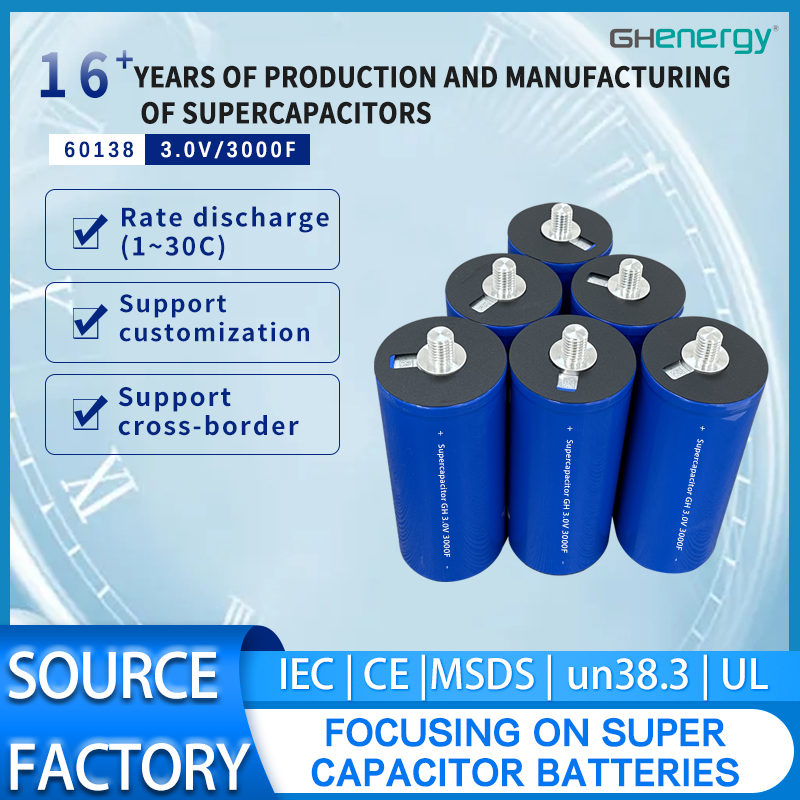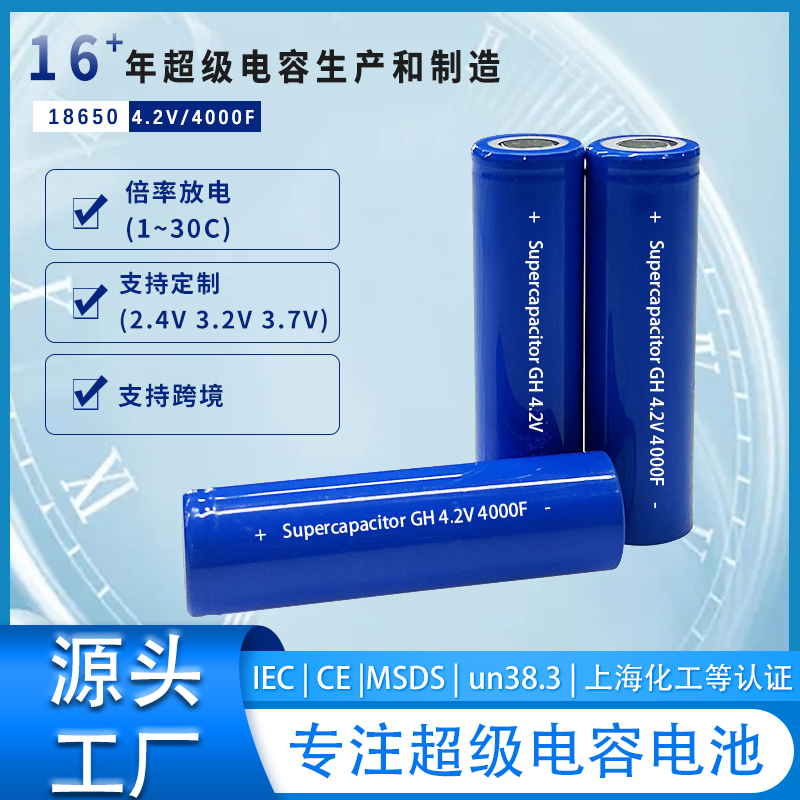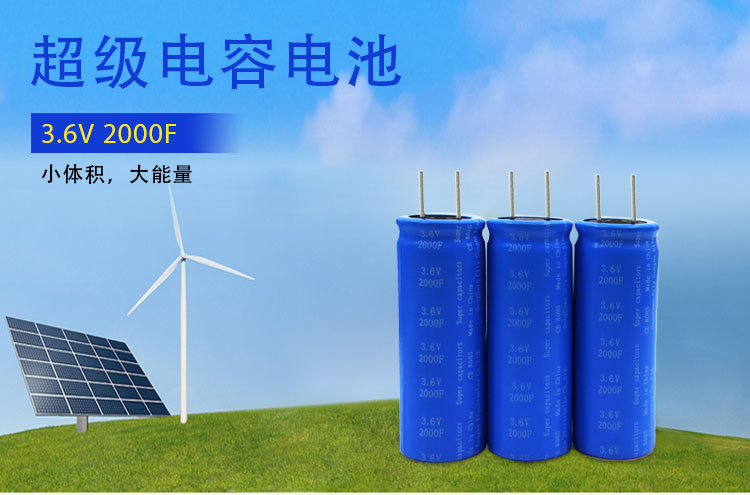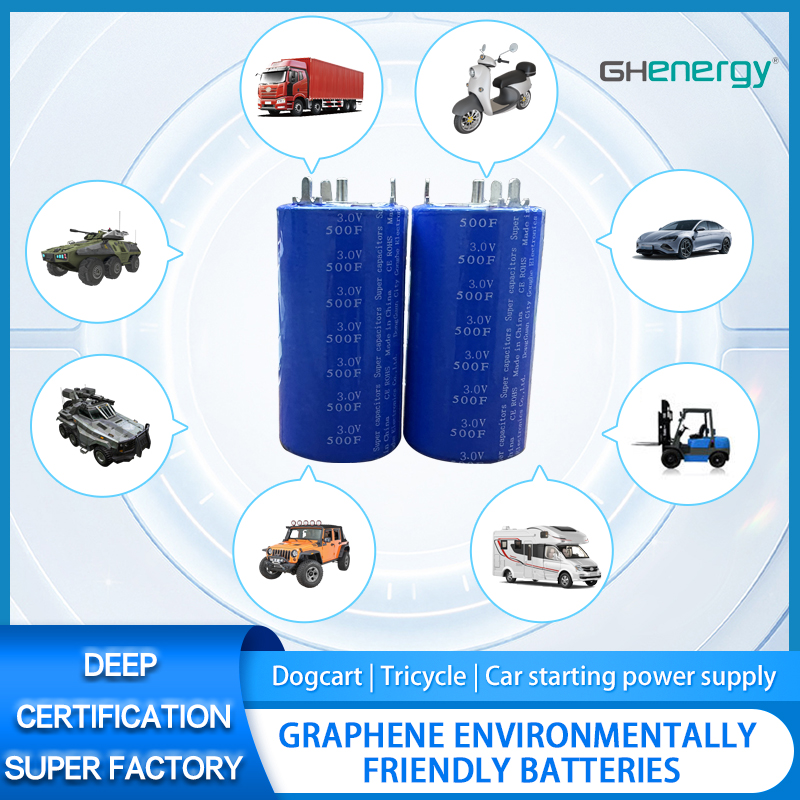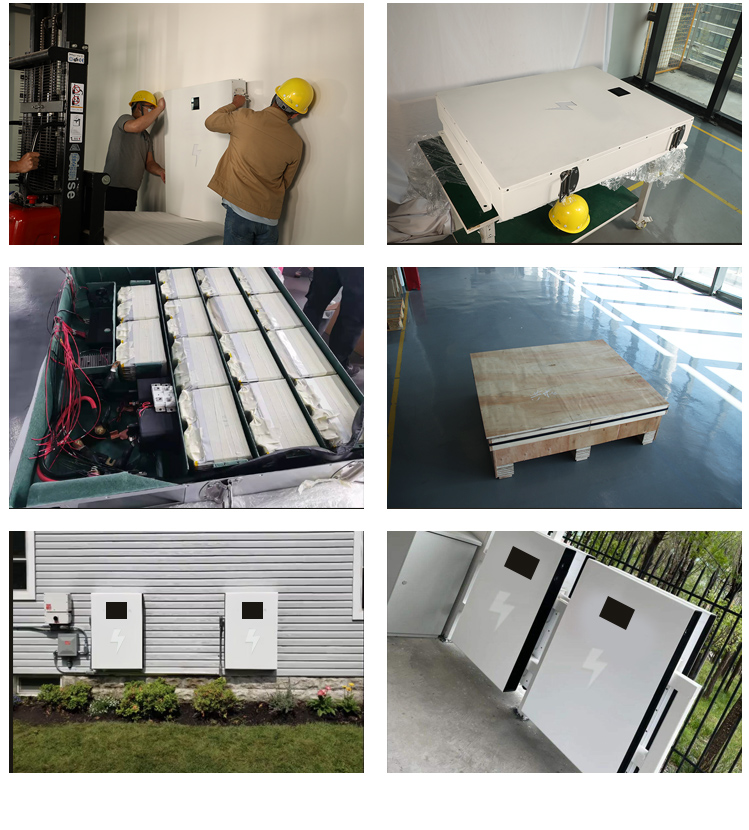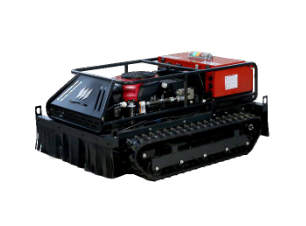Wedoany.com Report-Nov 20, Daimler Buses is expanding the range of applications for the Mercedes‑Benz eCitaro fuel cell. In future, an electric bus equipped with a fuel cell as a range extender can be run on hydrogen as the sole energy source in certain usage scenarios, thanks to a new, additional operating strategy.
When switching to electric mobility, the majority of transport operators today prefer buses with battery-electric drives such as the eCitaro or eCitaro G, because grid electricity is generally more readily available and significantly cheaper than hydrogen for fuel cell drives. However, if very high daily ranges are required and intermediate charging is not possible or desired, vehicle drives with fuel cells can be a solution.
With the latest NMC3 battery generation, the Mercedes‑Benz eCitaro fuel cell is designed for particularly long ranges of up to 500 kilometers in an articulated vehicle or up to 600 kilometers in a solo vehicle. It is equipped with a 60 kW fuel cell on the roof, which does not serve as the main energy source, but as a range extender. The main energy source in the eCitaro fuel cell is the battery, with a capacity of at least 295 kWh. It is charged via a plug in the depot.
Compared to a hydrogen-only vehicle with a small buffer battery, the eCitaro fuel cell is much better at storing the energy recovered by recuperation when braking fully and profitably in its large batteries. This immediately boosts the overall efficiency of the eCitaro fuel cell bus in urban traffic where braking is frequent, but more especially in difficult terrain. Last but not least, the large battery capacity also allows high levels of drive power to be utilised over longer distances—on uphill stretches, for example—without the fuel cell having to operate in the inefficient upper power range.
Some transport operators prefer to use green hydrogen instead of grid electricity as an energy source for their zero-emission vehicle fleet, for example because they have a very inexpensive H2 source or because they want to avoid long charging times in 24-hour operation and instead take advantage of the very short refueling times that are possible with hydrogen.
With the Mercedes‑Benz eCitaro fuel cell, Daimler Buses is now able to offer a solution for these customers: the new “H2 mode” operating strategy. This is the result of consistent further development in collaboration with customers. In the new operating mode, the fuel cell, which is controlled intelligently, always feeds enough energy into the drive and batteries so that the batteries’ SOC (State of Charge) never drops below a defined level. Recharging with mains power at a charging station is no longer necessary.
This means that the eCitaro fuel cell now has a total of three operating strategies:
Maximum Range mode
Balanced mode
H2 mode
In the “Maximum Range mode” operating strategy, both the battery charge and hydrogen supply are used to the maximum level, with the fuel cell always working in the most efficient operating range. In this mode, ranges of up to 600 kilometers can be achieved in a solo vehicle with the latest NMC3 battery generation. With the NMC4 generation, available in 2026, the range will reach up to 700 kilometers. Equipped with NMC4 batteries, an articulated bus can then cover up to 600 kilometers.
In the “Balanced mode” operating strategy, the battery supplies the majority of the energy for the drive and auxiliary loads, and the fuel cell only supplies as much energy as is necessary to achieve the previously set range. Here, too, the fuel cell always works in the most efficient operating range, which enables ranges of up to 700 kilometers to be achieved in a solo vehicle with an NMC4 battery.
The battery and the fuel cell are also the energy source for the drive system in the “H2 mode” operating strategy. The battery no longer needs to be charged externally during stationary phases. It is not charged by the mains when the vehicle is stationary, but by the fuel cell while driving. Sometimes, the fuel cell is called upon more than in the other operating strategies, but it again always works in the efficient operating range between 20 and a maximum of 40 kW. With a hydrogen consumption of 6.3 kg (solo) or 9.7 kg (articulated vehicle) per 100 kilometers, ranges of up to 480 or 360 kilometers can be achieved with a full tank.
After extensive long-term practical tests by customers, in which the eCitaro fuel cell has proven the functional and operational reliability of the new “H2 mode” operating strategy, Daimler Buses is now offering the new operating mode for all new eCitaro fuel cells. However, the prerequisite is prior customer consultation and an evaluation of the respective routes by the experts from Daimler Buses. The bus on display is a customer vehicle from Stuttgarter Straßenbahnen AG (SSB), whose ideas led to the enhancements and certainly also reflect the interests of other bus operators.
Since the selection of the operating mode has a decisive effect on the economy, reliability and availability of the vehicle, experienced system consultants from Daimler Buses support customers in deciding which of the three operating strategies is the most sensible for their use. The operating strategy is configured exclusively via the system software. It is not possible to change the operating mode in the vehicle, e.g. via the menu in the driver’s display.
